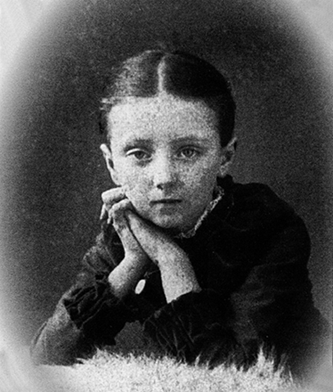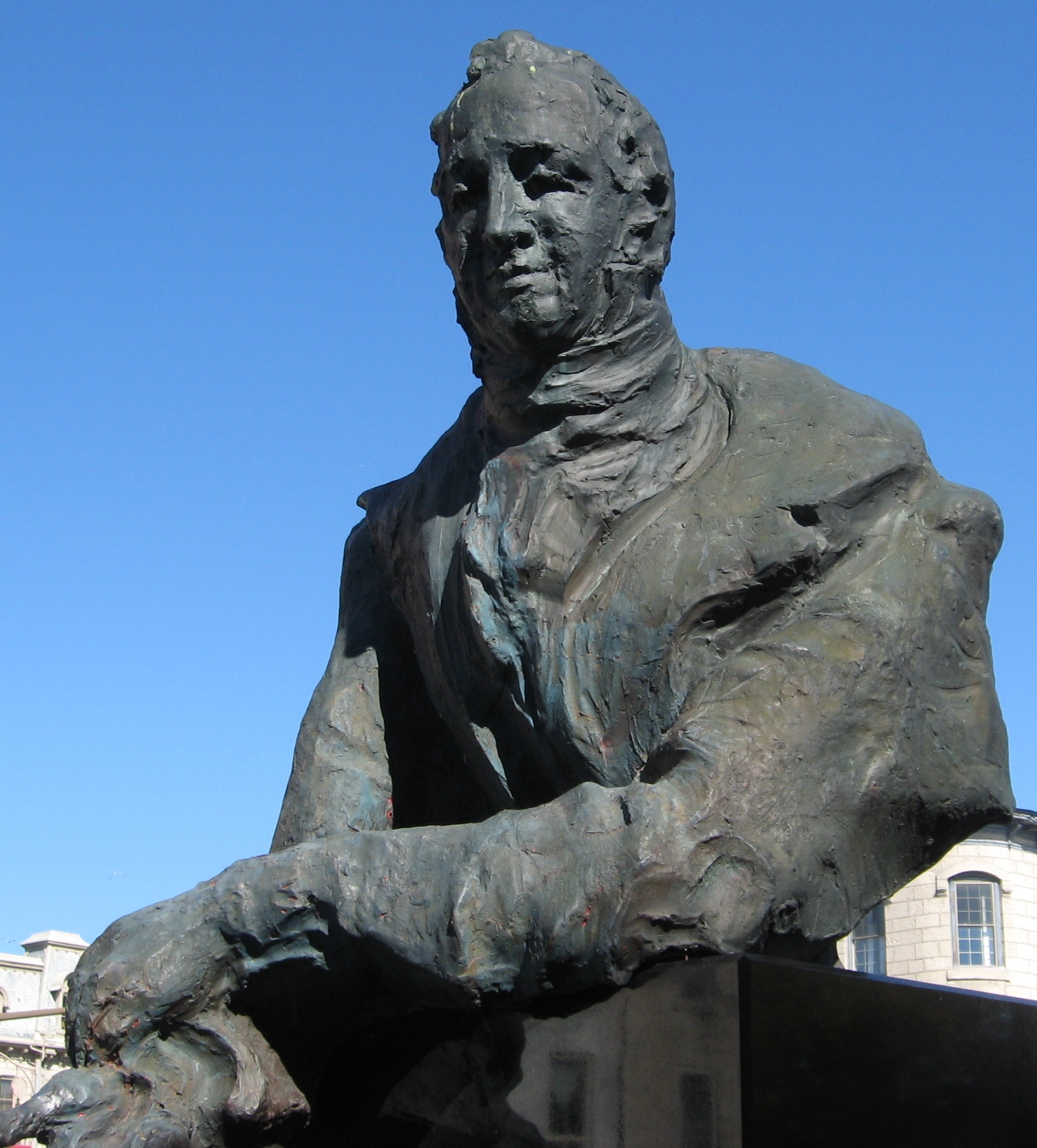|
Norval, Ontario
Norval is an unincorporated community in the town of Halton Hills, Ontario, Canada. Situated on the Credit River, it is located approximately west of Toronto and is part of the Regional Municipality of Halton. Norval is believed to take its name from the Scottish play ''Douglas'' by poet John Home. History Around 1820 James McNab and his family arrived; McNab was a United Empire Loyalist and had fought in the War of 1812. The family raised sheep and built a grist and a saw mill on the Credit River. Some of their wood was shipped to England for use as masts on naval ships. Flour mills also opened in this area; the largest one operated until 1930 when it was destroyed in a fire. In 1836 the post office was established. Previously, the settlement had been called McNabsville and McNab's Mill. In 1838, the mills were sold to Peter Adamson. In 1851, the Guelph Plank Road passed through this area and by 1856 the Grand Trunk Railway had arrived. The latter was useful for shipping goods ... [...More Info...] [...Related Items...] OR: [Wikipedia] [Google] [Baidu] |
Provinces And Territories Of Canada
Within the geographical areas of Canada, the ten provinces and three territories are sub-national administrative divisions under the jurisdiction of the Canadian Constitution. In the 1867 Canadian Confederation, three provinces of British North America—New Brunswick, Nova Scotia, and the Province of Canada (which upon Confederation was divided into Ontario and Quebec)—united to form a federation, becoming a fully independent country over the next century. Over its history, Canada's international borders have changed several times as it has added territories and provinces, making it the world's second-largest country by area. The major difference between a Canadian province and a territory is that provinces receive their power and authority from the ''Constitution Act, 1867'' (formerly called the ''British North America Act, 1867''), whereas territorial governments are creatures of statute with powers delegated to them by the Parliament of Canada. The powers flowing from t ... [...More Info...] [...Related Items...] OR: [Wikipedia] [Google] [Baidu] |
Grand Trunk Railway
The Grand Trunk Railway (; french: Grand Tronc) was a railway system that operated in the Canadian provinces of Quebec and Ontario and in the American states of Connecticut, Maine, Michigan, Massachusetts, New Hampshire, and Vermont. The railway was operated from headquarters in Montreal, Quebec, with corporate headquarters in London, United Kingdom (4 Warwick House Street). It cost an estimated $160 million to build. The Grand Trunk, its subsidiaries, and the Canadian Government Railways were precursors of today's Canadian National Railway. GTR's main line ran from Portland, Maine to Montreal, and then from Montreal to Sarnia, Ontario, where it joined its western subsidiary. The GTR had four important subsidiaries during its lifetime: * Grand Trunk Eastern which operated in Quebec, Vermont, New Hampshire and Maine. *Central Vermont Railway which operated in Quebec, Vermont, Massachusetts, and Connecticut. *Grand Trunk Pacific Railway which operated in Northwestern Ontario ... [...More Info...] [...Related Items...] OR: [Wikipedia] [Google] [Baidu] |
Hurricane Hazel
Hurricane Hazel was the deadliest, second costliest, and most intense hurricane of the 1954 Atlantic hurricane season. The storm killed at least 469 people in Haiti before striking the United States near the border between North and South Carolina as a Category 4 hurricane. After causing 95 fatalities in the US, Hazel struck Canada as an extratropical storm, raising the death toll by 81 people, mostly in Toronto. As a result of the high death toll and the damage caused by Hazel, its name was retired from use for North Atlantic hurricanes. In Haiti, Hazel destroyed 40 percent of the coffee trees and 50 percent of the cacao crop, affecting the economy for several years. The hurricane made landfall near Calabash, North Carolina, destroying most waterfront dwellings. It then traveled north along the Atlantic coast. Hazel affected Virginia, Washington, D.C., West Virginia, Maryland, Delaware, New Jersey, Pennsylvania, and New York; it brought gusts near and caused ... [...More Info...] [...Related Items...] OR: [Wikipedia] [Google] [Baidu] |
Anne Of Green Gables
''Anne of Green Gables'' is a 1908 novel by Canadian author Lucy Maud Montgomery (published as L. M. Montgomery). Written for all ages, it has been considered a classic children's novel since the mid-20th century. Set in the late 19th century, the novel recounts the adventures of Anne Shirley, an 11-year-old orphan girl, who is sent by mistake to two middle-aged siblings, Matthew and Marilla Cuthbert, who had originally intended to adopt a boy to help them on their farm in the fictional town of Avonlea in Prince Edward Island, Canada. The novel recounts how Anne makes her way through life with the Cuthberts, in school, and within the town. Since its publication, ''Anne of Green Gables'' has been translated into at least 36 languages and has sold more than 50 million copies, making it one of the best-selling books worldwide. It was the first of many novels; Montgomery wrote numerous sequels, and since her death another sequel has been published, as well as an authorized prequel ... [...More Info...] [...Related Items...] OR: [Wikipedia] [Google] [Baidu] |
Lucy Maud Montgomery
Lucy Maud Montgomery (November 30, 1874 – April 24, 1942), published as L. M. Montgomery, was a Canadian author best known for a collection of novels, essays, short stories, and poetry beginning in 1908 with '' Anne of Green Gables''. She published 20 novels as well as 530 short stories, 500 poems, and 30 essays. ''Anne of Green Gables'' was an immediate success; the title character, orphan Anne Shirley, made Montgomery famous in her lifetime and gave her an international following. Most of the novels were set in Prince Edward Island, and those locations within Canada's smallest province became a literary landmark and popular tourist site – namely Green Gables farm, the genesis of Prince Edward Island National Park. She was made an officer of the Order of the British Empire in 1935. Montgomery's work, diaries, and letters have been read and studied by scholars and readers worldwide. The L. M. Montgomery Institute, University of Prince Edward Island, is responsible for t ... [...More Info...] [...Related Items...] OR: [Wikipedia] [Google] [Baidu] |
Upper Canada College
Upper Canada College (UCC) is an elite, all-boys, private school in Toronto, Ontario, operating under the International Baccalaureate program. The college is widely described as the country's most prestigious preparatory school, and has produced many notable graduates. UCC has 1,200 students and is a highly selective school, accepting approximately 15% of all applicants in 2019. The school attracts the best and brightest students from all around the world and has a generous financial aid program, with more than $5 million being awarded annually to Canadian citizens. The secondary school segment is divided into ten houses; eight are for day students and the remaining two are for boarding students. Aside from the main structure, with its dominant clock tower, the Toronto campus has a number of sports facilities, staff and faculty residences, and buildings for other purposes. UCC also owns and operates an outdoor education campus in Norval, Ontario. It is the oldest independent s ... [...More Info...] [...Related Items...] OR: [Wikipedia] [Google] [Baidu] |
Guelph
Guelph ( ; 2021 Canadian Census population 143,740) is a city in Southwestern Ontario, Canada. Known as "The Royal City", Guelph is roughly east of Kitchener and west of Downtown Toronto, at the intersection of Highway 6, Highway 7 and Wellington County Road 124. It is the seat of Wellington County, but is politically independent of it. Guelph began as a settlement in the 1820s, established by Scotsman John Galt, who was in Upper Canada as the first Superintendent of the Canada Company. He based the headquarters, and his home, in the community. The area – much of which became Wellington County – had been part of the Halton Block, a Crown Reserve for the Six Nations Iroquois. Galt would later be considered as the founder of Guelph. For many years, Guelph ranked at or near the bottom of Canada's crime severity list. However, the 2017 Crime Severity Index showed a 15% increase from 2016. Guelph has been noted as having one of the lowest unemployment rates in t ... [...More Info...] [...Related Items...] OR: [Wikipedia] [Google] [Baidu] |
Orange Order In Canada
The Grand Orange Lodge of British America, more commonly known as the Grand Orange Lodge of Canada or simply Orange Order in Canada, is the Canadian branch of the Orange Order, a Protestant fraternal organization that began in County Armagh in Ireland in 1795. It has played a large part in the history of Canada, with many prominent members including four Prime Ministers, among them Sir John A. Macdonald and John Diefenbaker. Upper Canada and the Province of Canada The Orange Lodges have existed in Canada at least since the War of 1812. The first Lodge was established in Montreal by William Burton, Arthur Hopper, John Dyer, Francis Abbott and several others. William Burton travelled to Ireland to obtain the warrant to open the Lodge from the Grand Lodge of Ireland and became the first Grand Master of the Montreal Lodge. In the following years Arthur Hopper was elected the next Grand Master and given the power of granting warrants to subordinate Lodges under the Great Seal of th ... [...More Info...] [...Related Items...] OR: [Wikipedia] [Google] [Baidu] |
Foundry
A foundry is a factory that produces metal castings. Metals are cast into shapes by melting them into a liquid, pouring the metal into a mold, and removing the mold material after the metal has solidified as it cools. The most common metals processed are aluminum and cast iron. However, other metals, such as bronze, brass, steel, magnesium, and zinc, are also used to produce castings in foundries. In this process, parts of desired shapes and sizes can be formed. Foundries are one of the largest contributors to the manufacturing recycling movement, melting and recasting millions of tons of scrap metal every year to create new durable goods. Moreover, many foundries use sand in their molding process. These foundries often use, recondition, and reuse sand, which is another form of recycling. Process In metalworking, casting involves pouring liquid metal into a mold, which contains a hollow cavity of the desired shape, and then allowing it to cool and solidify. The solidified pa ... [...More Info...] [...Related Items...] OR: [Wikipedia] [Google] [Baidu] |
Blacksmith
A blacksmith is a metalsmith who creates objects primarily from wrought iron or steel, but sometimes from #Other metals, other metals, by forging the metal, using tools to hammer, bend, and cut (cf. tinsmith). Blacksmiths produce objects such as gates, grilles, railings, light fixtures, furniture, sculpture, tools, agricultural implements, decorative and religious items, cooking utensils, and weapons. There was an historical distinction between the heavy work of the blacksmith and the more delicate operation of a whitesmith, who usually worked in Goldsmith, gold, Silversmith, silver, pewter, or the finishing steps of fine steel. The place where a blacksmith works is called variously a smithy, a forge or a blacksmith's shop. While there are many people who work with metal such as farriers, wheelwrights, and Armourer, armorers, in former times the blacksmith had a general knowledge of how to make and repair many things, from the most complex of weapons and armor to simple things ... [...More Info...] [...Related Items...] OR: [Wikipedia] [Google] [Baidu] |






